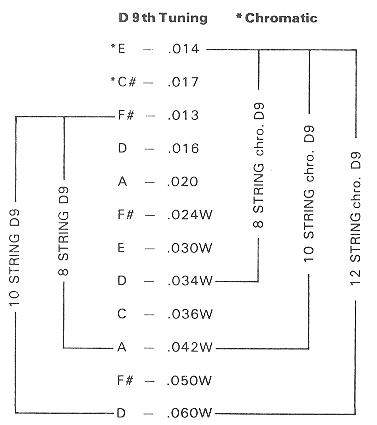
When going from a heavier to lighter gauge, you may experience some buzzing from the guitar. When going from a lighter to a heavier gauge, it is important to make sure the nut has enough room to support the extra girth from the string. One thing to keep in mind while changing the gauge of strings on your guitar is the setup. That is a choice you will have to make because maybe the extra hour of playing you receive outweighs the amount of tonal diminish.
#STRING GAUGE FOR B STANDARD FULL#
The tone of the guitar will suffer because there is not enough tension from the strings to get that big, full sound. 11’s are going to be much easier to play than 12’s or 13’s but that comes with a sacrifice. Going the other way by selecting 11’s will also provide substantial differences with your guitar. 13’s could be used on any style of guitar, but the extra effort might not always be worth the tonal benefits.

If you can handle the extra resistance from the strings, then you can expect a bigger and louder sound from your guitar. Typically, these strings are used by bluegrass players who are heavy flat pickers. This extra tension helps drive the top to provide a larger body of tone. These types of guitars are usually larger and that means they are able to support the extra tension that the 13 gauge string causes.

When it comes to 13’s, you can expect a heavier string that is typically found on an archtop, dreadnought, or a jumbo acoustic. While 12’s are a great choice, you always have the option to go with a heavier string like 13’s or a lighter string such as 11’s. Most acoustic guitars will come standard with 12 gauge strings.

In this episode of gear tips, Sound Pure acoustic guitar specialist Barrett Brooks answers questions and provides some insight on string gauge for acoustic guitars.


 0 kommentar(er)
0 kommentar(er)
